The idea for a projected bike lane came to me when I was working on the libam7xxx driver for USB pico-projectors and was also looking into keystone correction (in a way it started as a solution looking for a problem).
The effectiveness of projecting on the paving instead of signaling the presence with a traditional light can be argued, of course.
Even though there is a working prototype, for now the project purpose is more about having some fun and making a statement (there should be more bike lanes) rather than building an actual usable product.
The aim of a bike lane projected on the road is also to communicate to the general public that a bike can be used also at night, with the right urban environment and safety measures.
This made me think that it could qualify for the "Human Computer Interface Challenge", it's technology used to communicate something.
Admittedly, other projects accomplished something similar:
However cyclabile improves the effect of how the bike lane moves underneath the bike in a realistic way in order to simulate the feeling of being on an actual bike lane.
 Antonio
Antonio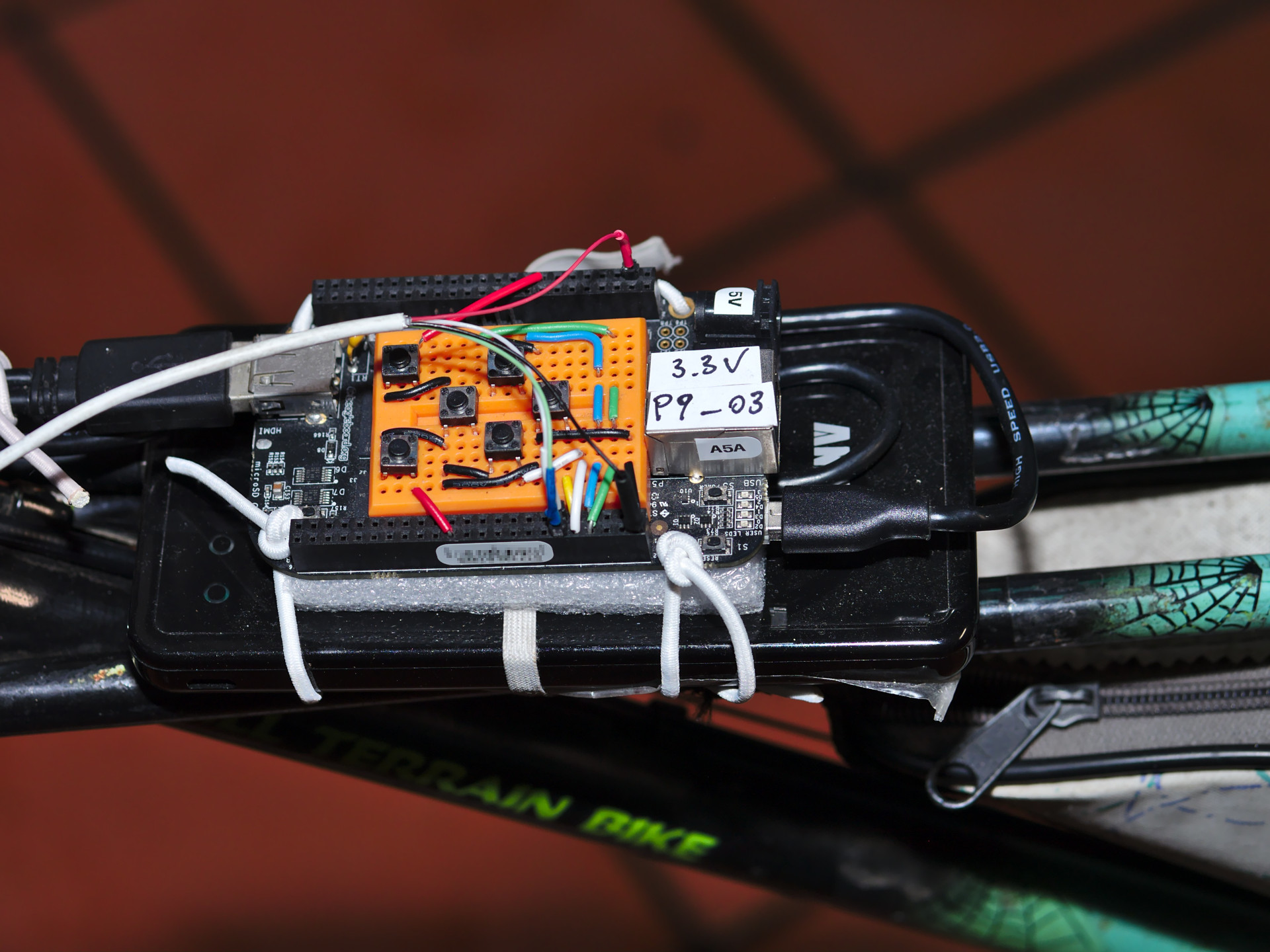


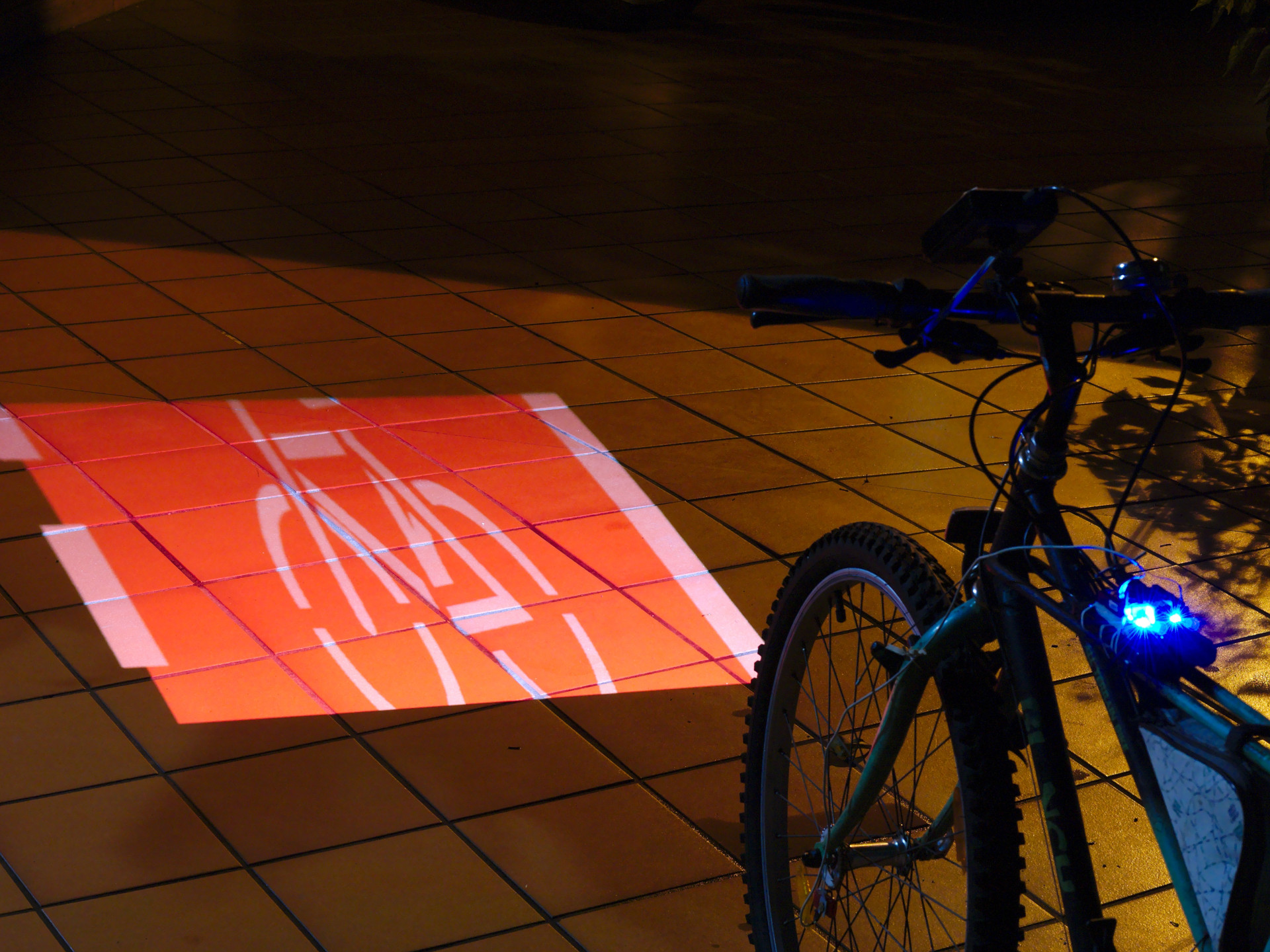
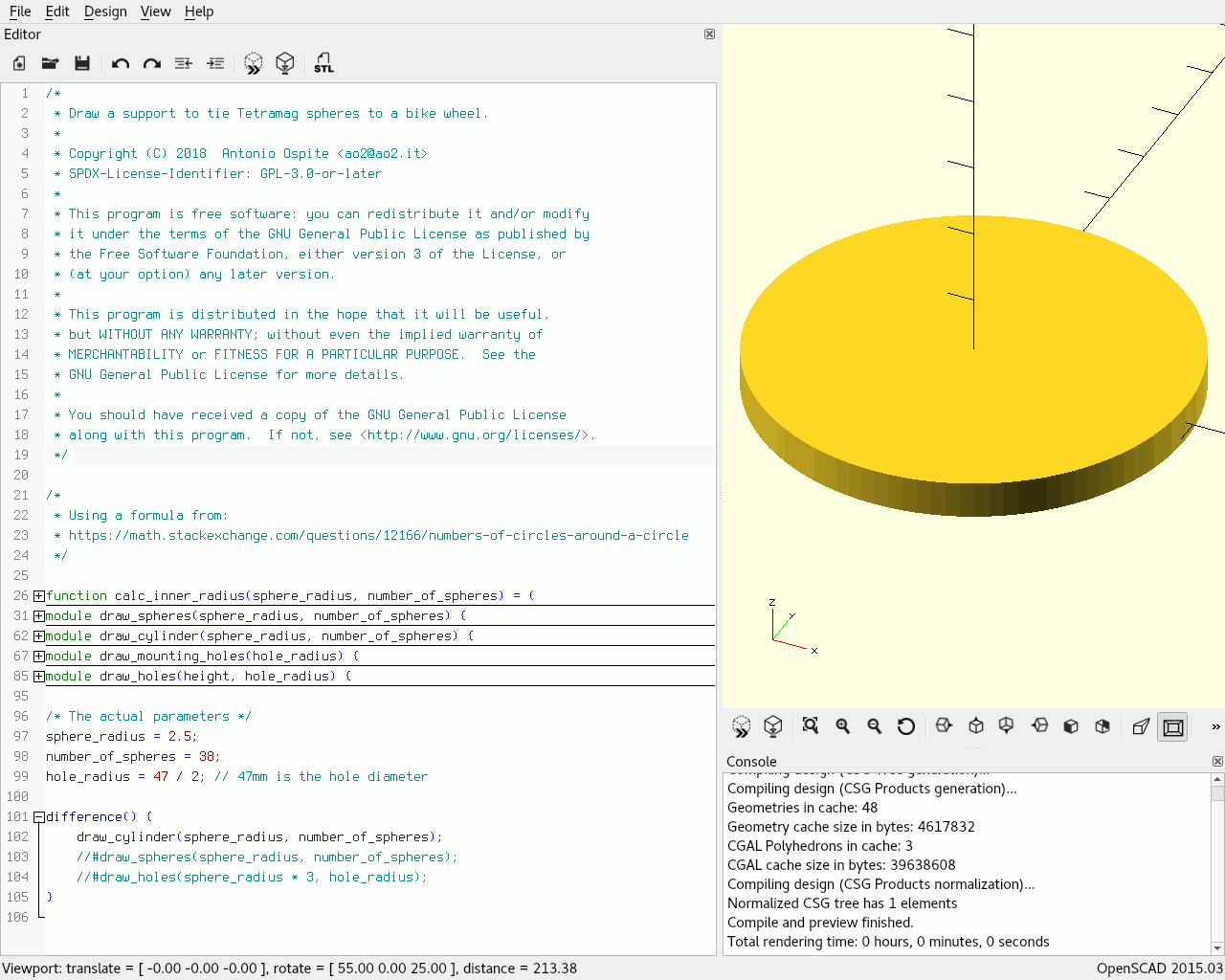

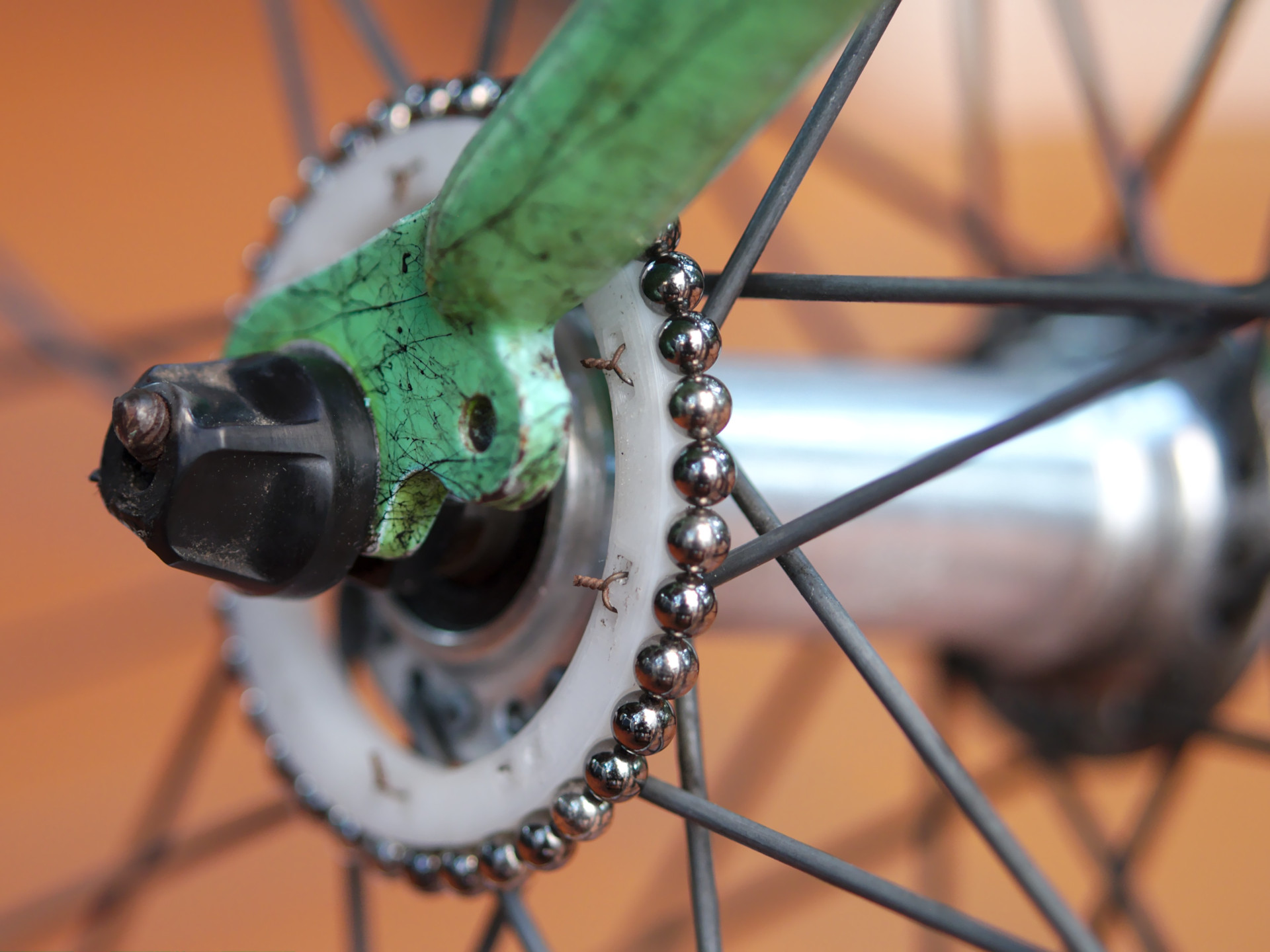
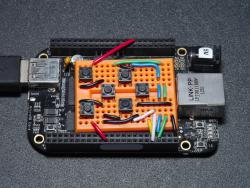
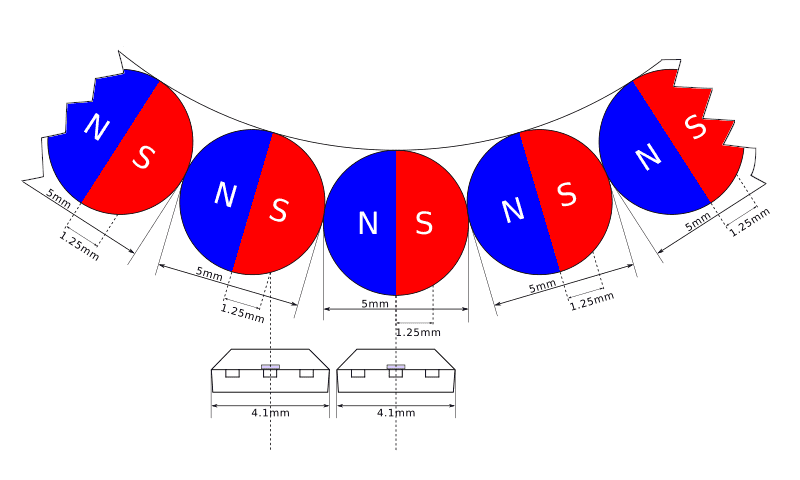

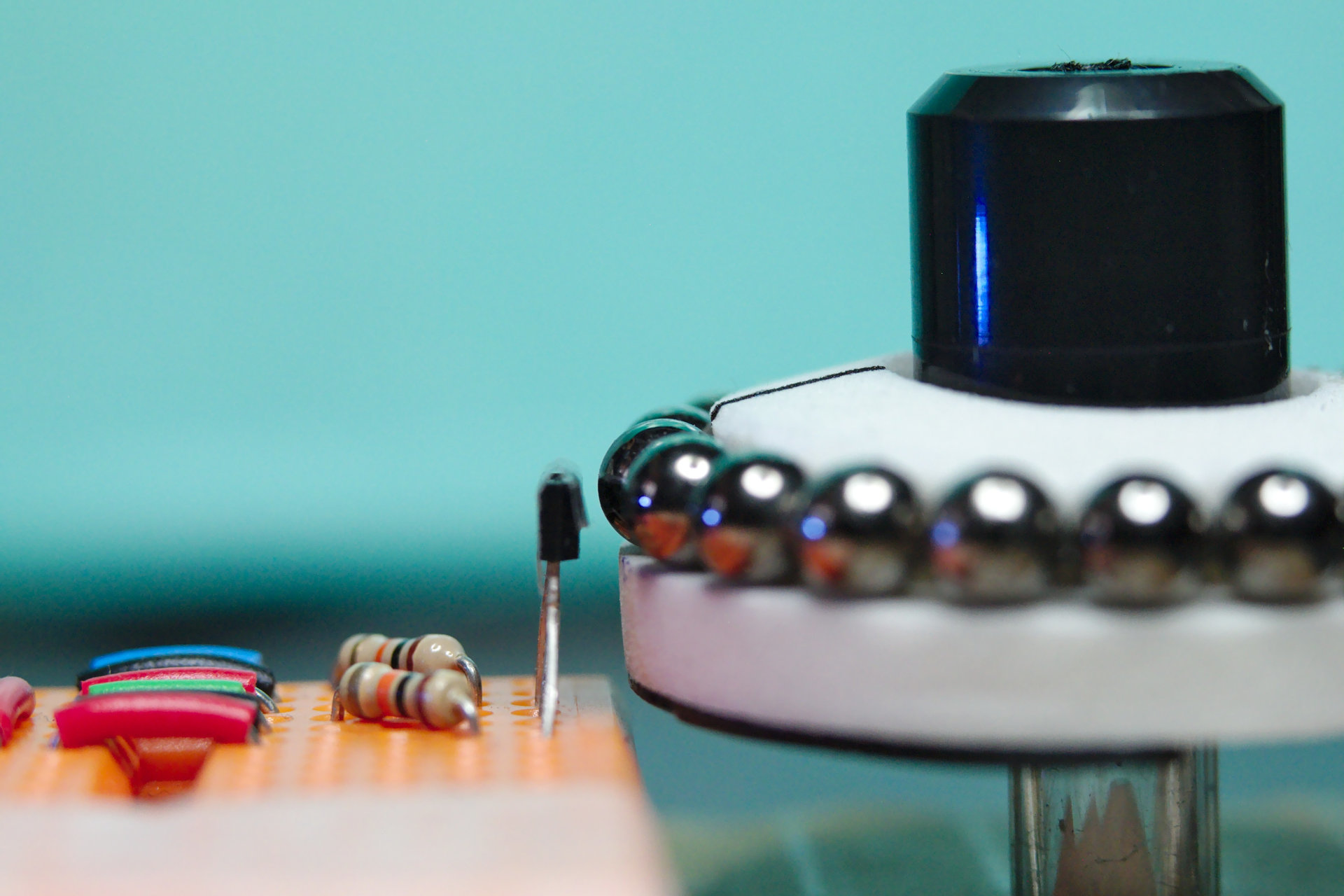
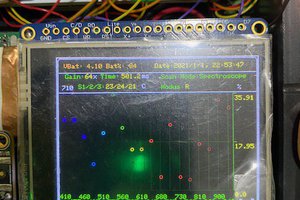

 jaromir.sukuba
jaromir.sukuba
 ottoragam
ottoragam
 Myrijam
Myrijam